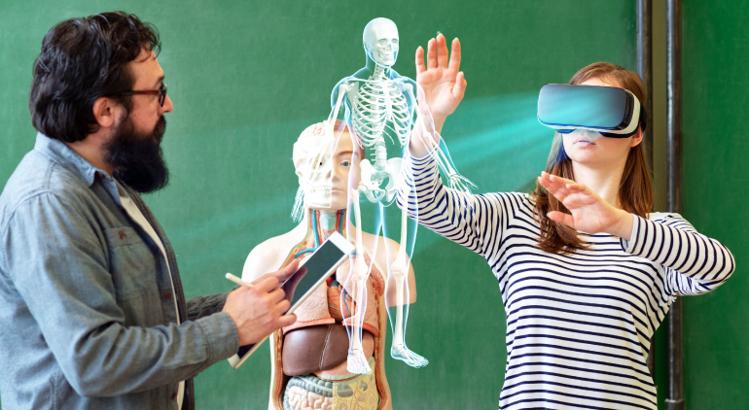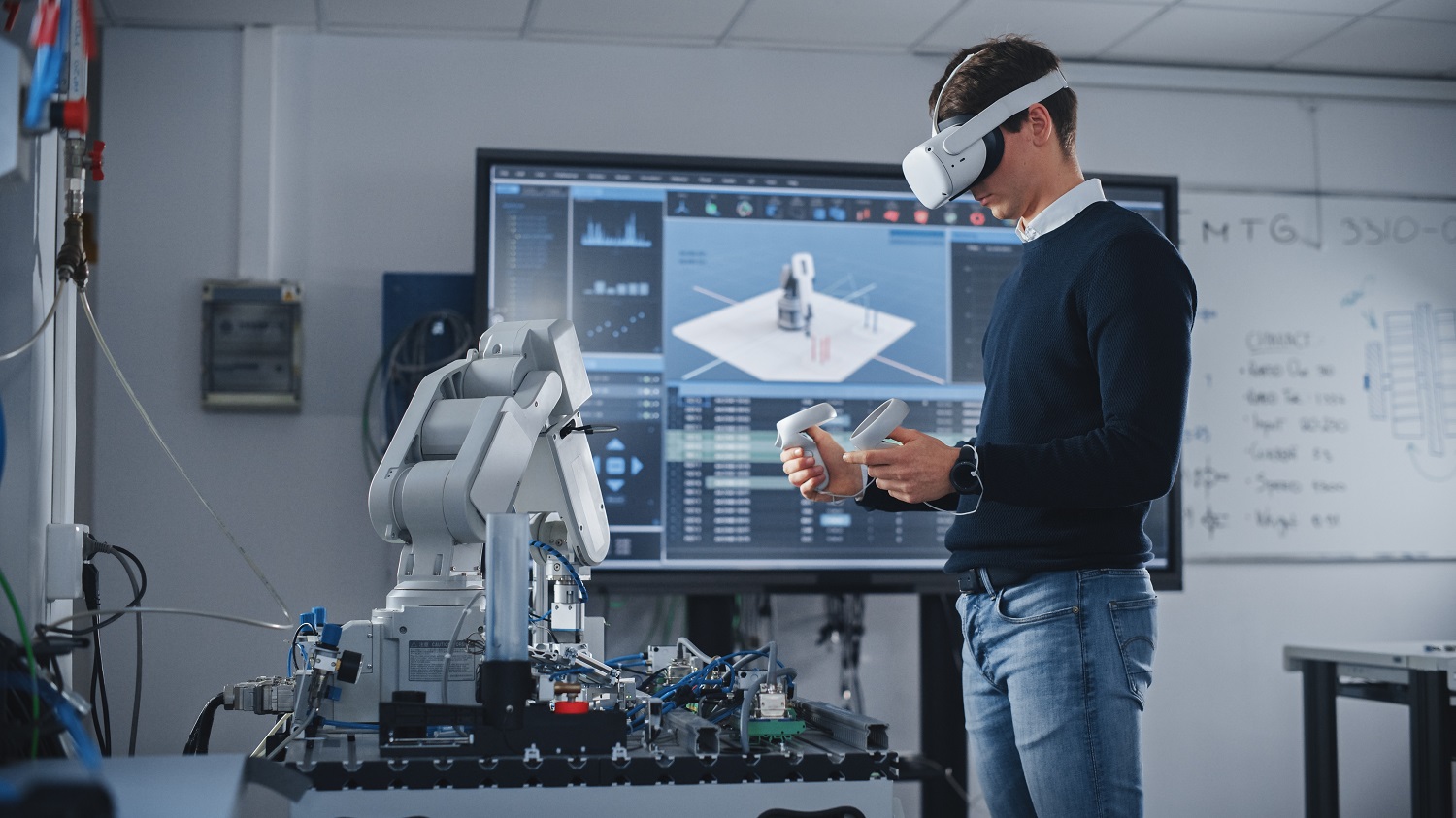An Introduction to VRAD - Virtual Reality Aided Design

The advent of technology in architecture and design has disrupted the traditional methods of drawing sketches two-dimensionally by hand.
CAD was the beginning of this disruption when higher educational technology trends started integrating it in their teaching methodology and with the entry of Virtual Reality into the picture.
The education industry is poised for a paradigm shift in the entire process of conceptualizing a product and physically producing it.
Thanks to Virtual Reality, gone are the days when students had to shed tears and pull all-nighters simply to sketch on paper and try to imagine it in 3D.
This blog, by iXR Labs, will discuss an application of Virtual Reality in design, through Virtual Reality Aided Design (VRAD).
How It Started
The path for the implementation of VR and more sophisticated technology in design was paved in the ’70s with CAD or Computer-Aided Design.
They were huge and bulky, and not user-friendly. After 50 years of constant reformations and updates, CAD became increasingly popular in colleges and is now a given in the fields of Architecture and Engineering. It is used to make two-dimensional drawings.
Calculation sheets and other information can also be incorporated into it later. CAD and other Computer-Aided systems or CAx tools gained huge success over time and became a necessity eventually.
Once this CAx technology became normalized, there was a need to further improve the implementation of vr technology in the classroom.
This was when Virtual Reality came into the picture. The objectives shifted towards improving the user interface and improving the quality of its visuals. Thus, began the advent of VRAD.
What is VRAD?

Virtual Reality Aided Design (VRAD) is a level above the conventional CAx design that offers three-dimensional virtual space at all phases of design. It is a new product of human-computer communication.
It requires an interaction space that is large enough to facilitate the easy design.
VRAD requires state-of-the-art infrastructure that will ensure that the quality of work is not reduced in any way.
Product Data Management interfaces must be modernized and updated, and the right tools must be used to acquire and convert data.
How It Works
Let’s assume a situation where a particular college has given a project to design the styling of a new vehicle using VRAD. Firstly, VRAD requires some technical prerequisites to function well.
It requires a slightly large space to place the virtual environment in, skilled employees to manage and maintain the equipment, and good DMU systems.
The data that has been collected needs to be converted to the right format. If the student wants to make changes or use it later, they can save it in a parametric format. Otherwise, they can directly convert it to a triangle format.
Now, with the integration of virtual technology and design, a virtual prototype of the car can be seamlessly created.
Despite its virtual nature, by the end of the process, one will be able to understand and visualize exactly how the model would look if it were to be brought into physical existence.
This synthesis of virtual technology and design is the ultimate objective of utilizing VRAD, offering a comprehensive and realistic preview of the envisioned product.
"Take your design process to the next level and bring your visions to life with Virtual Reality Aided Design (VRAD) – the cutting-edge tool that transforms imagination into immersive reality, empowering you to create, innovate, and inspire like never before."
Benefits of using VRAD
VRAD is used to three-dimensionally create and design any product. All stages of the design process can be done virtually due to the extremely realistic visualization provided by the system.
Complicated structures, designing a spaceship, or creating a beautiful arch would be able to be done with minimal mistakes.
This will prepare students to make better designs of a product since they would have all the concepts a lot more clearly.
Front Loading, which means to reduce to reach the required goals in a single process in lesser time, is another advantage of VRAD. The physical model can be highly reliable, and less time will also save a lot of costs.
Thus, students that study from colleges that use this state-of-the-art technology would be able to save the company they work for a huge amount of money.
In the physical world, the Product Development Process takes a lot of time. If a student was asked to design an ideal bus stop, some stages of this process might require more time.
However, doing it virtually does not require the PDP to be withheld at any given point in time.
The product is conceptualized and a plan is made, the more fool-proof it becomes, eventually saving a lot of money. Hence, students can save a lot of time and increase their work output.
Conclusion
Virtual Technology and design has been rising in industrial processes for a while now. VR and AR have been implemented by many companies in the stage of product development.
Now, VRAD is a new trend and is being used in the automotive and aerospace industries.
For the benefits it provides, its potential is undiscovered. More research in this field might lure the interests of other industries as well. iXR Labs will continue to study such relevant trends in technology. Keep an eye out for our next few blogs!
.png)
.png)



.png)